L’autocostruzione di un aeromobile a pilotaggio remoto (APR) – drone custom per l’uso professionale
Self construction of a remotely piloted aerial vehicle (RPAS) - custom drone for professional use
- 27 Mag 2018
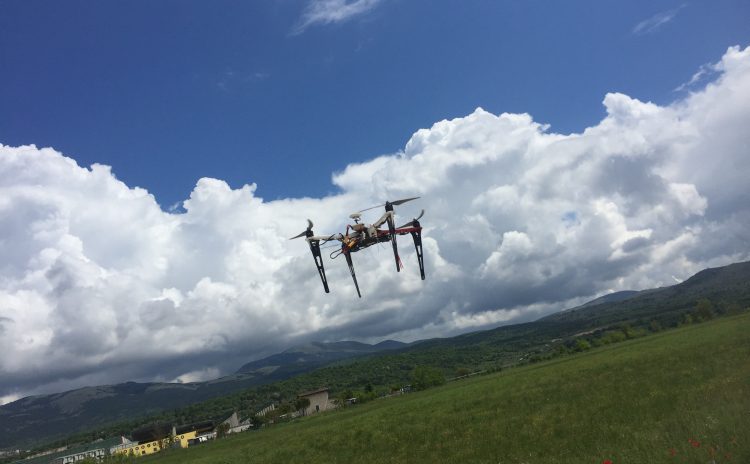
Nell’uso professionale, la costruzione “in proprio” con relativa registrazione presso ENAC di un aeromobile a pilotaggio remoto (APR) o “drone”, al posto (o, comunque, propedeutica a) dell’acquisto diretto di un sistema proprietario completo, presenta vari vantaggi tra cui:
- consente all’operatore/pilota l’acquisizione di una reale conoscenza del mezzo, del suo funzionamento e, quindi anche dei suoi limiti, tramite l’analisi ed il “toccare con mano” i singoli pezzi costituenti ed anche le loro diverse capacità ed affidabilità
- permette, nel caso di malfunzionamento, ovvero di danneggiamento di poter intervenire al ripristino della funzione operativa del mezzo tramite riparazione o sostituzione dei singoli pezzi sinistrati in tempi immediati o, comunque, commercialmente rapidi, riducendo al minimo il fermo macchina
- garantisce una maggiore vita operativa del mezzo e quindi di ammortamento dell’investimento del mezzo permettendo, nel contempo, una crescita modulare dell’impegno economico in relazione alle effettive attività professionali richieste e della crescita “naturale” delle capacità acquisite
- consente di poter realizzare in tempi relativamente brevi una serie di APR operativi, ognuno con specifiche funzioni ed anche di intercambiabilità
- in genere i componenti hardware presentano caratteristiche di qualità ed affidabilità superiore rispetto a quelli di serie presenti negli APR già acquistati completi
- permette di avere a disposizione mezzi “sacrificabili” (soprattutto per operazioni critiche) con cui effettuare prove di volo iniziali per poi sostituirli con quelli effettivi e, quindi, più costosi per l’esecuzione del servizio
Gli svantaggi sono legati al fatto che:
- il costo complessivo risulta, soprattutto all’inizio (con l’acquisto di materiale di base che, comunque potrà essere utilizzato poi su più mezzi, quale telecomando, caricabatterie, batterie, schermo per telecamera, telecamera, utensili, minuterie, …), facilmente superiore rispetto ad un acquisto di un prodotto finito commerciale
- le garanzie sul mezzo sono assunte in proprio e sono connesse solo alla propria esperienza, errori di valutazione e capacità di investimento
- è necessario impiegare e quindi avere tempo e voglia da investire nello studio delle componentistica hardware e software per la realizzazione del mezzo e quindi si ha anche un allungamento dei tempi di inizio del suo “sfruttamento” economico
Nel complesso, comunque, l’esperienza profonda ed il rispetto nei confronti del mezzo che nascono dalla costruzione in proprio dell’aeromobile sono tali che la stessa potrebbe essere considerata quasi indispensabile al pari del corso per conseguire l’Attestato di pilotaggio ed alle ore necessarie di addestramento con un Istruttore esperto APR. Tale metodologia di conoscenza diretta e pratica non è, quindi, solo consigliabile a chi si affaccia per la prima volta all’utilizzo di questi sistemi ma, in termini di effettiva capacità d’uso, si potrebbe addirittura auspicare, ovviamente in termini ideali, che venisse resa obbligatoria.
La componentistica utilizzabile può essere di origine diversa, comunque conviene fare riferimento, per semplicità, ad un kit base su cui provvedere, poi, agli ampliamenti che si ritengono opportuni in base al budget disponibile ed alle opportunità di lavoro che via via vengono a crearsi.
In tale caso si considerano i seguenti elementi base:
1 – COMPONENTI HARDWARE
A – SIMULATORE DI VOLO per “droni” AEROSIMRC con Scenario – acquistabile su www.aerosimrc.com – COSTO € 65,00 + 145,00 + 9,00 spese = € 219,00
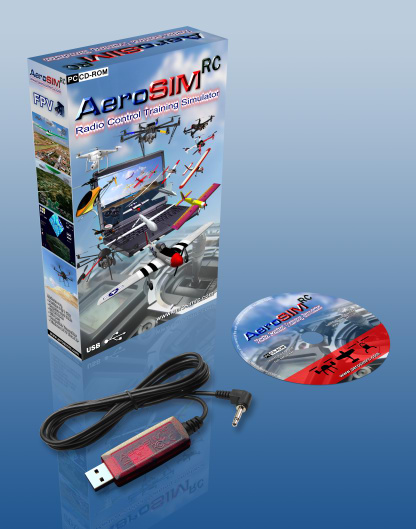
Si considera l’acquisto del software simulatore di volo (compresi scenari base di allenamento) come indispensabile, a prescindere dalla realizzazione in proprio o meno di un APR.
Esso consente infatti di esercitarsi, acquisire, sviluppare e mantenere quella manualità ed esercizio continuo che sono fondamentali per l’utilizzo del mezzo riducendo a zero i rischi di danneggiamento o la perdita dello stesso, nonché, di danni a cose e persone.
B – RADIOCOMANDO TURNIGY 9X – acquistabile su www.ebay.it – COSTO € 86,17
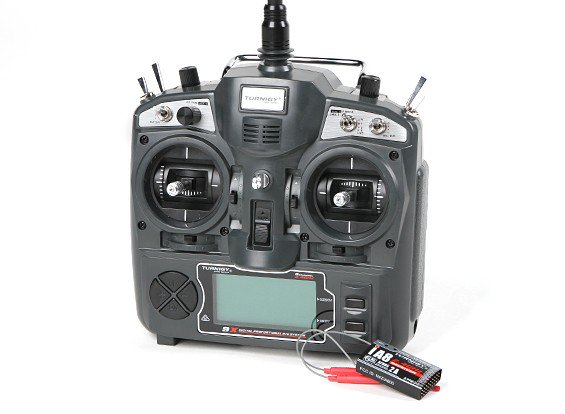
Viene utilizzato per il simulatore di volo
C – RADIOCOMANDO TARANIS X9D PLUS Mode 2-4 + ricevente X8R 2016 – acquistabile su www.jonathan.it – COSTO € 239,00
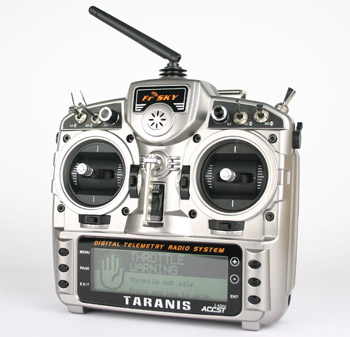
Viene utilizzato per il comando dell’APR reale
D – KIT BASE F450 ARF (almost ready to fly) Drone – acquistabile su www.jonathan.it – COSTO € 289,00
Costituito da:
- Frame F550
- N.4 Variatori DJI 15A (ESC)
- N.4 Motori DJI E300
- N.4 Eliche DJI 9″ autoserranti
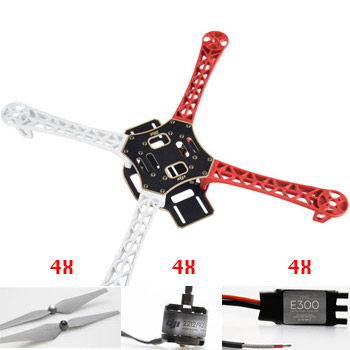
- N.1 DJI – F450-F550 Carrello atterraggio
Per installare successivamente una fotocamera per riprese aeree. Altezza 130 mm.
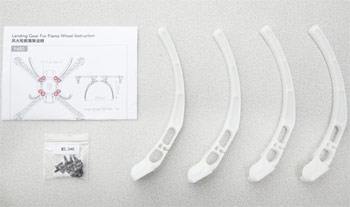
E’ da scartare in quanto, a causa di una eccessiva flessibilità torsionale, genera effetti di instabilità agli appoggi in fase di decollo del drone ed è da sostituire con un sistema di allungamento dei punti di appoggio tramite elementi in alluminio da avvitare agli stessi. Altezza 210 mm.

- Controllore di volo Naza M V2 che contiene ammortizzatori interni, regolatore, giroscopio a 3 assi, accelerometro a 3 assi e barometro
- Modulo GPS con funzione RTH (torna a casa) e di controllo orientamento intelligente.
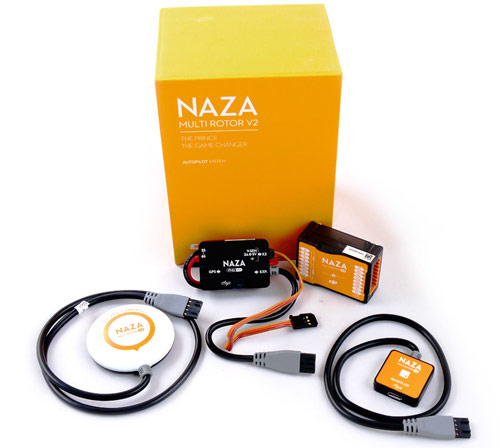
E – N.2 Batterie Lipo 3S 5200mAh 50C Gold V2 – acquistabile su www.jonathan.it – COSTO € 46,47 x 2 = € 92,94
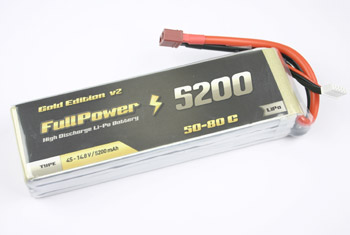
F – DJI iOSD MARK II- acquistabile su www.jonathan.it – COSTO € 99,00
Modulo per la raccolta di video e dati di volo in tempo reale, consente la visualizzazione dell la tensione di alimentazione, la velocità di volo, altezza, distanza dal punto di casa, posizione orizzontale e il numero di satelliti GPS, ecc. – Componente base per poi integrare una telecamera / fotocamera all’APR
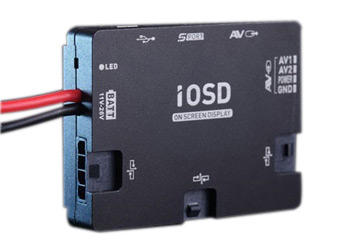
G – DJI 2.4G Bluetooth Datalink- acquistabile su www.mjmulticopter.com – COSTO € 157,00
Sistema composto da 3 moduli che permette, in sintesi, di visionare e gestire (es. waypoint) la telemetria (distanza, altitudine, …) su iPAD
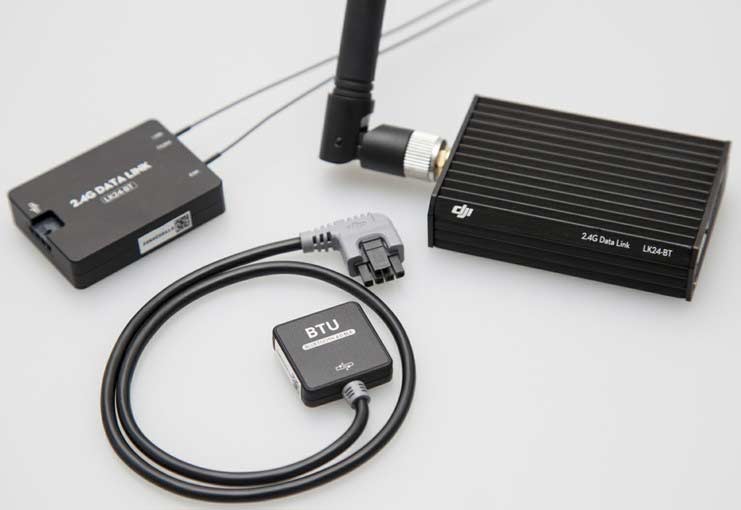
H – Alimentatore AC 110V-220V a DC 12V 20A/30A/40A/50A Apparecchio di alimentazione + caricatore batterie Turnigy Reaktor 1000W 30A Balance Charger – acquistabile su www.banggood.com e su www.hobbyking.com – COSTO € 41,60 + 135,29 = € 176,89
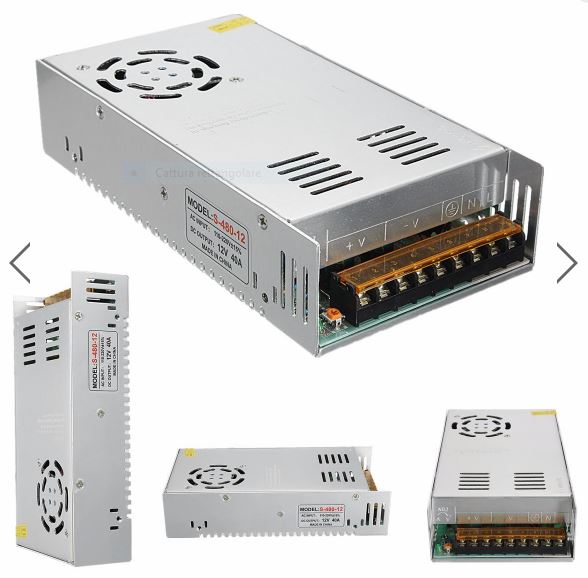
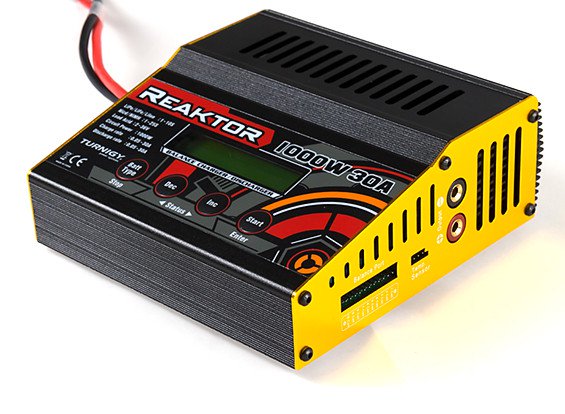
Sistema carica batterie
I – Gimbal a 3 Assi in metallo Brushless Giunto con Controllore per DJI Phantom GoPro 3 4 180g per RC Drone FPV Racing acquistabile su www.banggood.com – COSTO € 66,99
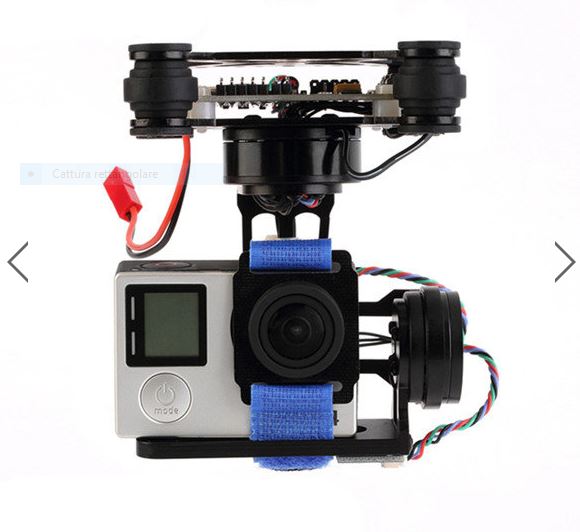
L – Trasmettitore Video Eachine TS832 Boscam FPV 5.8G 48CH 600mW 7.4-16V Wireless AV acquistabile su www.banggood.com – COSTO € 10,18
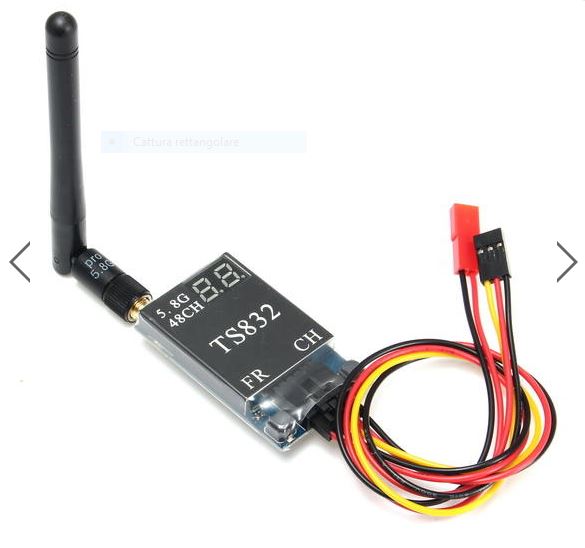
M – Supporto per Trasmettitore Staffa Pieghevole di Monitor per Trasmettitore acquistabile su www.banggood.com – COSTO € 3,39
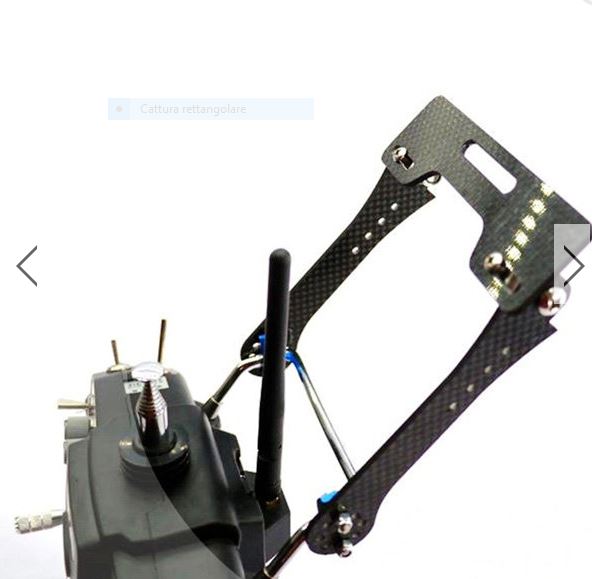
N – Videocamera ThiEYE T5e 4K WIFI acquistabile su www.banggood.com – COSTO € 127,00 + 4,98 + 7,79 = € 139,77
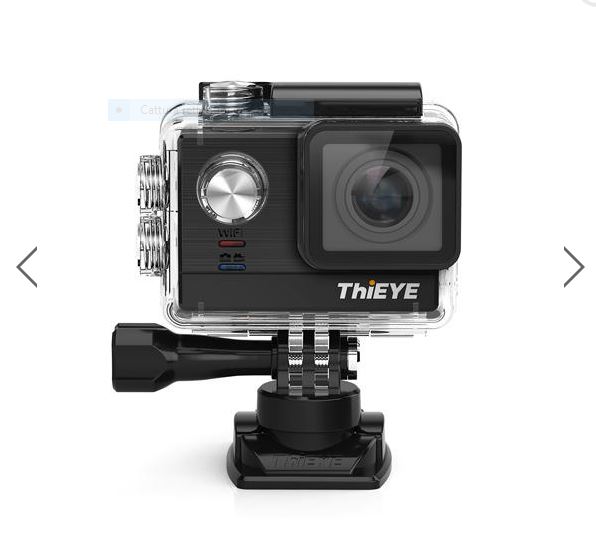
O – Display LCD5802S 5802 40CH Raceband 5.8G 7 acquistabile su www.banggood.com – COSTO € 73,80 + 1,48 + 12,17 = € 87,45

2 – COMPONENTI SOFTWARE
A – PROGRAMMAZIONE E GESTIONE DEL CONTROLLORE DI VOLO NAZA V2
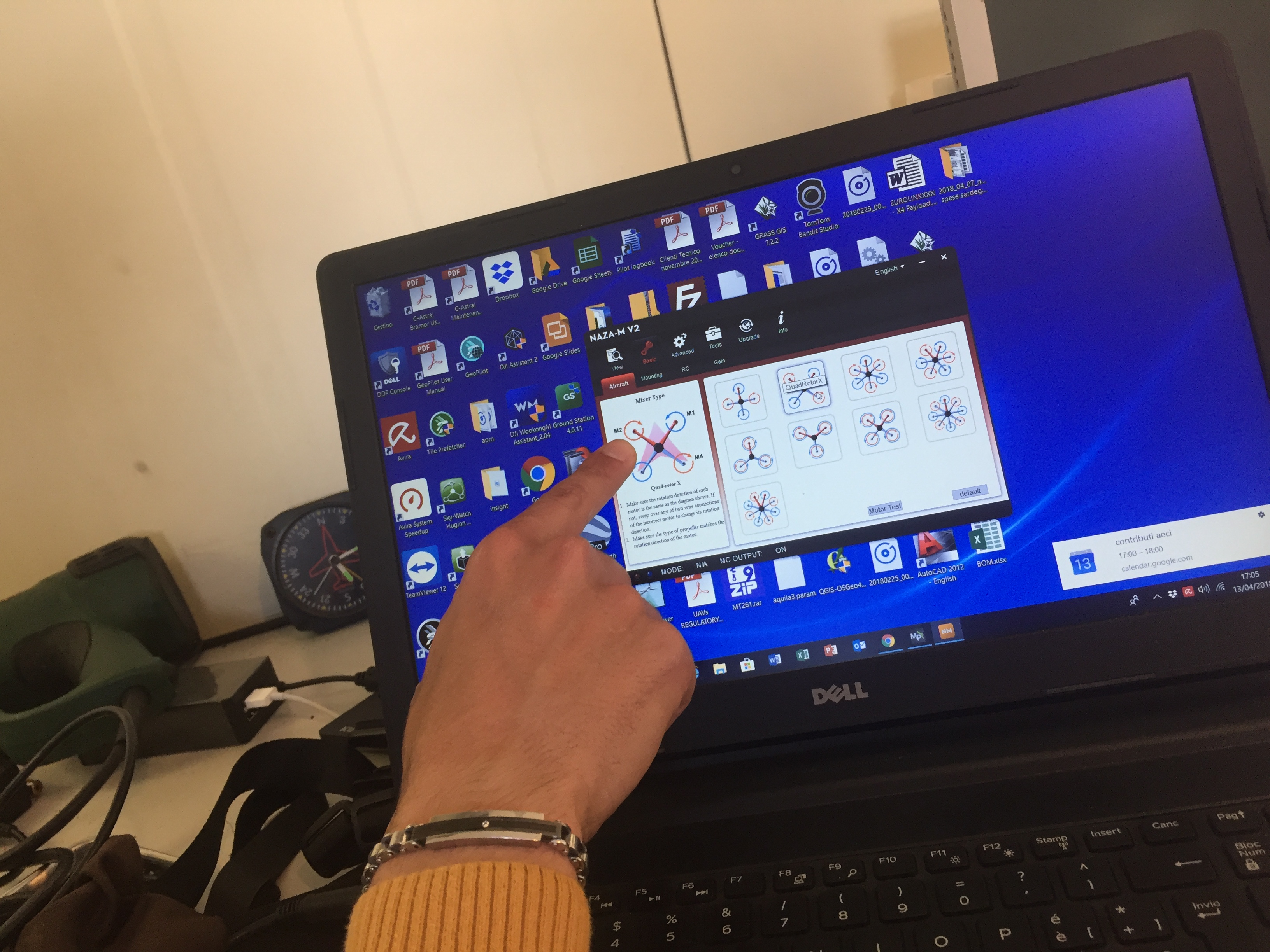
Il software è scaricabile (gratuitamente) da https://www.dji.com/naza-m-v2/download
B – TELEMETRIA SU IPAD
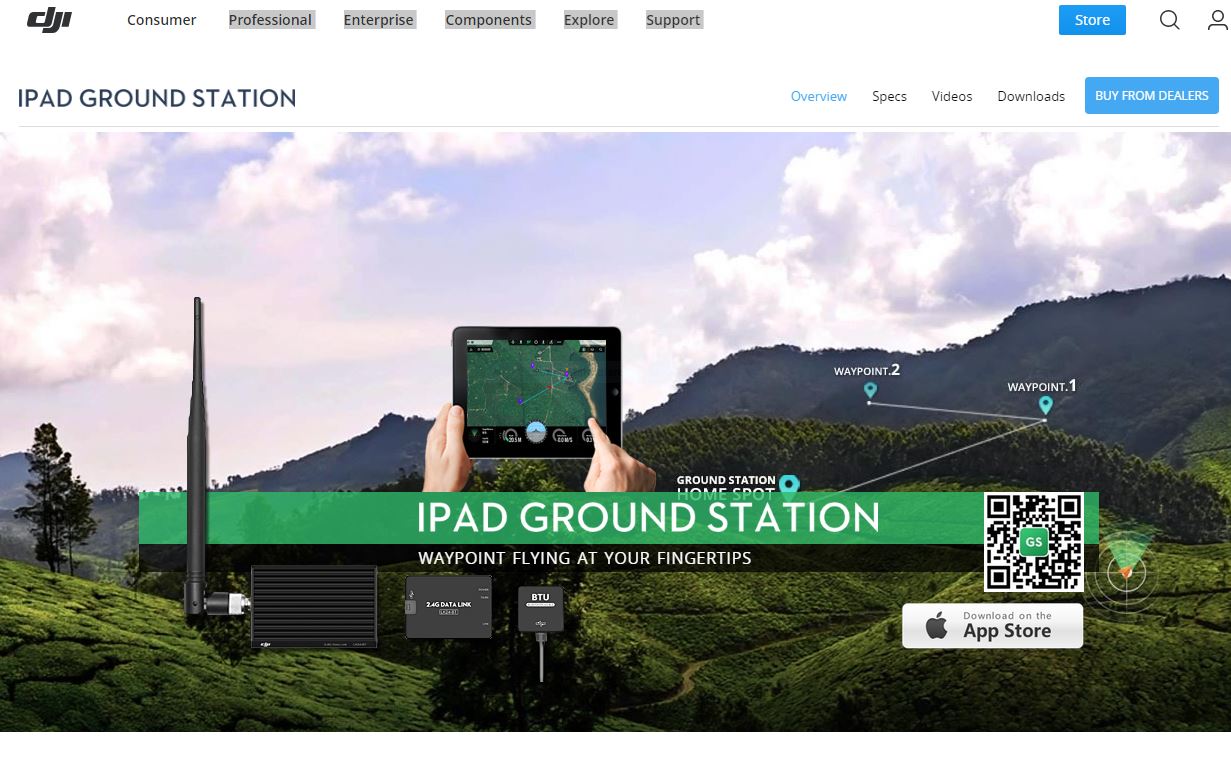
Il software (applicazione per iPad che permette di visionare i parametri di telemetria e controllare e pianificare voli automatici ) è scaricabile (gratuitamente) da https://www.dji.com/ipad-ground-station
3 – COMPONENTI AGGIUNTIVI
A – POLIZZA ANNUALE DI ASSICURAZIONE RISCHI SISTEMI APR – RESPONSABILITÀ CIVILE – MASSIMALE € 1.000.000 = € 290,00
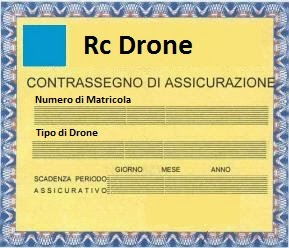
B – ISCRIZIONE DEL MEZZO AD ENAC
(http://moduliweb.enac.gov.it/applicazioni/SAPR/APR_ReportOperatori.asp) = € 94,00
4 – TEMPI DI REALIZZAZIONE







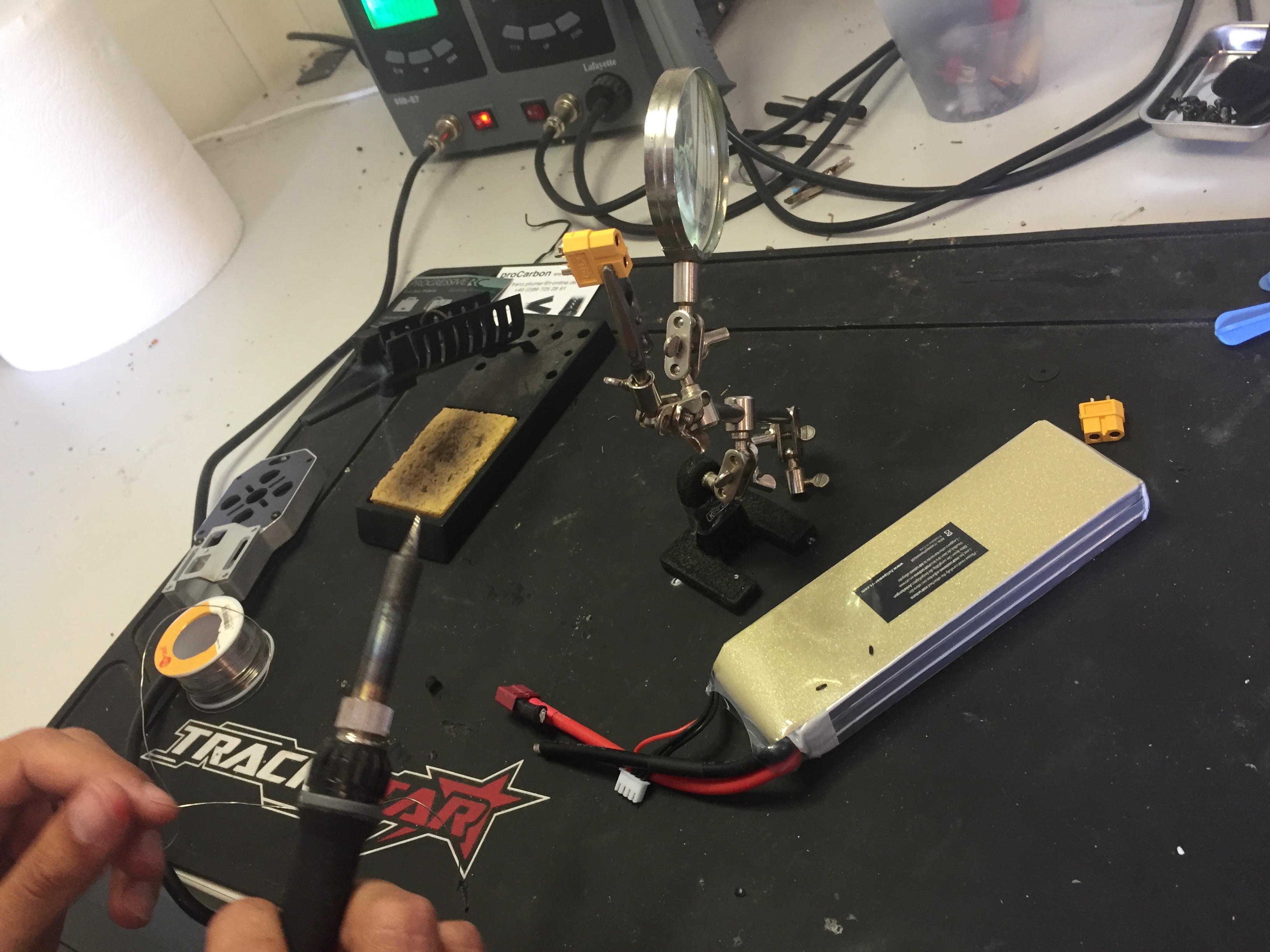
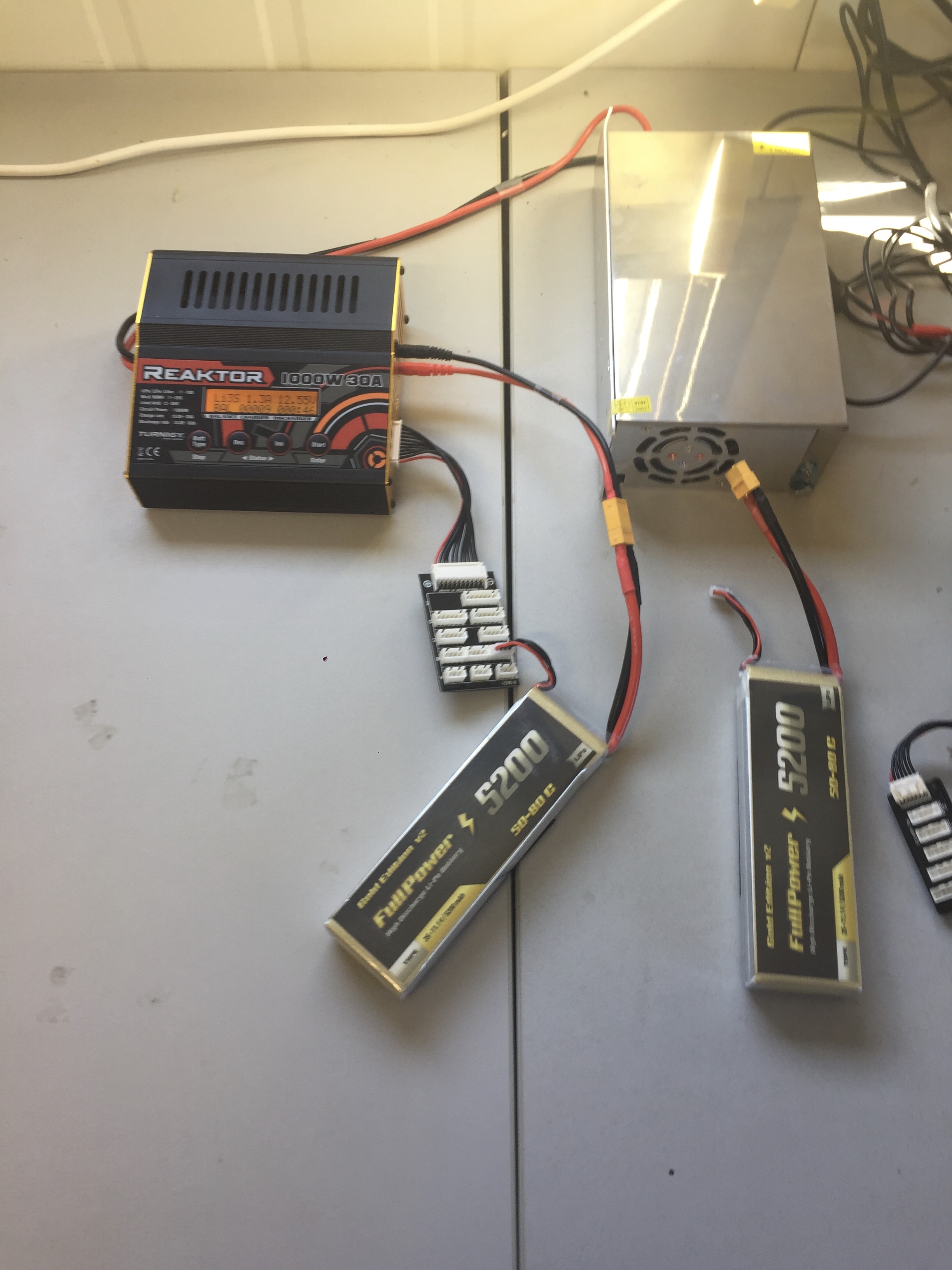

La tempistica necessaria può considerarsi, per un operatore con conoscenze e strumentazione di base, in N. 40 ore lavorative comprese prove di volo e taratura parametri.
Supporto e collaborazione: Ing. Francesco Filipponi – Aeroclub L’Aquila / OBEN srl
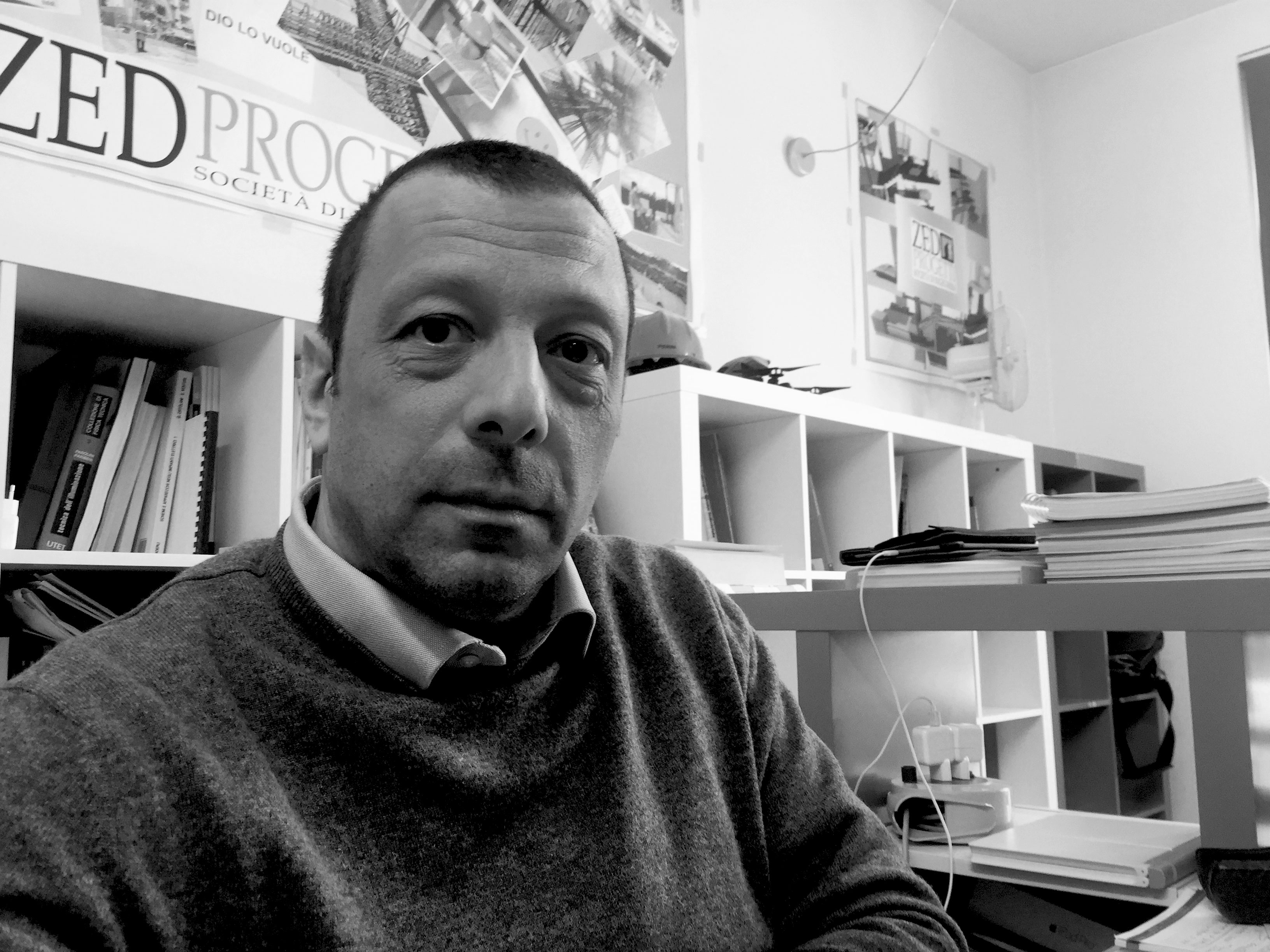 Ing. Paolo Croce – ZED PROGETTI srl
Ing. Paolo Croce – ZED PROGETTI srl
In professional use, the “own” construction and the relative registration with the Civil Aviation Authority of a remote pilot aircraft or “drone”, instead of (or, in any case, in preparation for) the direct purchase of a complete proprietary system, has various advantages, including
it allows the operator/driver to acquire a real knowledge of the vehicle, its operation and, therefore, also its limits, through the analysis and “touch by hand” the individual constituent parts and also their different capabilities and reliability
in the event of malfunction, or damage, it allows the user to intervene to restore the vehicle’s operational function by repairing or replacing the individual parts affected in an immediate or, in any case, commercially rapid manner, reducing downtime to a minimum
it guarantees a longer operating life of the vehicle and therefore the amortisation of the vehicle investment, allowing at the same time a modular growth of the economic commitment in relation to the actual professional activities required and of the “natural” growth of the acquired capacities
it allows to realize in a relatively short time a series of operational drones, each with specific functions and also interchangeability
in general, hardware components have higher quality and reliability characteristics than the standard ones in the already purchased complete drones
it allows “sacrifiable” means (especially for critical operations) to be made available with which to carry out initial flight tests and then replace them with actual ones and, therefore, more expensive for the execution of the service
The disadvantages are related to the fact that:
the overall cost is, especially at the beginning (with the purchase of basic material which, however, can be used on more than one vehicle, such as remote control, charger, batteries, camera screen, camera, tools, small parts, …), easily higher than a purchase of a finished commercial product
the guarantees on the vehicle are given on their own and are linked only to their own experience, errors of assessment and investment capacity
it is necessary to use and therefore have time and desire to invest in the study of hardware and software components for the construction of the vehicle and therefore there is also an extension of the time to start its economic “exploitation
Overall, however, the profound experience and respect for the vehicle that arise from the construction of the aircraft are such that the same could be considered almost indispensable as the course to obtain the Certificate of Flight and the hours of training required with an experienced APR Instructor. This methodology of direct and practical knowledge is not, therefore, only advisable for those who are entering for the first time to use these systems but, in terms of effective capacity of use, one could even hope, obviously in ideal terms, that it would be made compulsory.Below there is a summary description of the steps necessary for the construction of a basic APR with all the actual costs that it is necessary to incur.
1- HARDWARE
The components that can be used can be of different origin, however it is advisable to refer, for simplicity, to a basic kit on which to provide, then, the extensions that are considered appropriate according to the available budget and the job opportunities that are created.
In this case, the following components are considered:
A – FLIGHT SIMULATOR for AEROSIMRC “drones” with Scenario – available on www.aerosimrc.com – COST € 65.00 + 145.00 + 9.00 expenses = € 219.00
The purchase of flight simulator software (including basic training scenarios) is considered indispensable, regardless of whether an APR has been made on its own or not.
It allows to practice, acquire, develop and maintain the manual skills and continuous operation that are essential for the use of the vehicle reducing to zero the risk of damage to the vehicle.
B – RADIO CONTROL TURNIGY 9X – available on www.ebay.it – COST € 86,17
It is used for the flight simulator and the actual APR control.
C – RADIO CONTROL TARANIS X9D PLUS Mode 2-4 + ricevente X8R 2016 – available on www.jonathan.it – COST € 239,00
It is used for the drone control.
D – KIT F450 ARF (almost ready to fly) Drone – available on www.jonathan.it – COST € 289,00
Consisting of:
F550 frame
N.4 DJI 15A (ESC) variable speed gear units
N.4 DJI E300 engines
N.4 Propellers DJI 9″ self locking dials
N.1 DJI – F450-F550 Landing gear
For later installing a aerial camera. Height 130 mm. It must be discarded because, due to excessive torsional flexibility, it generates effects of instability on the supports during the take-off of the drone and must be replaced with a system of elongation of the support points through aluminum elements to be screwed to them. Height 210 mm.Naza M V2 flight controller containing internal shock absorbers, regulator, 3-axis gyroscope, 3-axis accelerometer and barometer
GPS module with RTH function (home) and intelligent orientation control.E – N.2 Lipo 3S 5200mAh 50C Gold V2 Batteries – available at www.jonathan.it – COST € 46,47 x 2 = € 92,94
F – DJI iOSD MARK II- available on www.jonathan.it – COST € 99,00
Module for collecting video and flight data in real time, allows displaying the power supply voltage, flight speed, height, distance from home point, horizontal position and number of GPS satellites, etc. – Basic component for then integrating a camera / camera to the APR
G – DJI 2.4G Bluetooth Datalink- available at www.mjmulticopter.com – COST € 157.00
System composed of 3 modules that allows, in summary, to view and manage (eg waypoints) telemetry (distance, altitude, …) on iPAD
H – 10V-220V AC power supply with DC 12V 20A/30A/40A/50A Power supply unit + 1000W Turnigy Reaktor 30A Balance Charger battery charger – available at www.banggood.com and www.hobbyking.com – Cost € 41.60 + 135.29 = € 176.89
I – Brushless metal 3-axle Gimbal Coupling with Controller for DJI Phantom GoPro 3 4 180g for RC Drone FPV Racing available at www.banggood.com – COST € 66.99
L – Boscam TS832 5.8G 48CH 600mW 7.4-16V Wireless AV Video Transmitter Available at www.banggood.com – COST € 10.18
M – Support for Transmitter Monitor Folding Bracket for Transmitter available at www.banggood.com – COST € 3.39
N – ThiEYE T5e 4K WIFI video camera available at www.banggood.com – cost € 127.00 + 4.98 + 7.79 = € 139.77
O – Display LCD5802S 5802 40CH Raceband 5.8G 7 available at www.banggood.com – cost € 73.80 + 1.48 + 12.17 = € 87.45
3- SOFTWARE
A – PROGRAMMING AND MANAGEMENT OF THE AIR TRAFFIC CONTROLLER NAZA V2
The software is downloadable (free of charge) from https://www.dji.com/naza-m-v2/download
B – TELEMETRY ON IPAD
The software (iPad application that allows you to view telemetry parameters and control and plan automatic flights) can be downloaded (free of charge) from https://www.dji.com/ipad-ground-station
3- ADD-ONS
A – ANNUAL INSURANCE – MAXIMUM AMOUNT € 1,000,000 = € 290.00
B – INSCRIPTION TO ENAC
(http://moduliweb.enac.gov.it/applicazioni/SAPR/APR_ReportOperatori.asp) = € 94.00
4 – TIME FOR IMPLEMENTATION
The time required can be considered, for an operator with basic knowledge and instrumentation, in No. 40 working hours including flight tests and calibration parameters.

